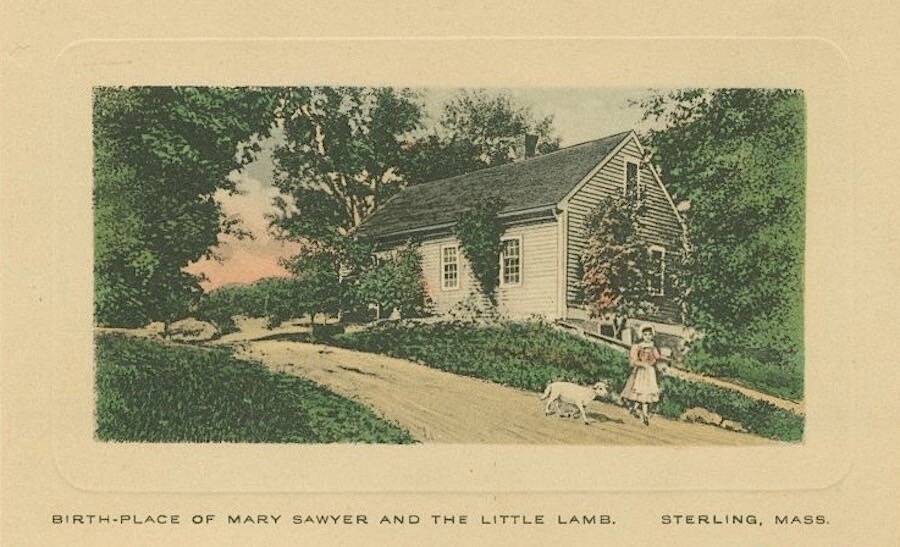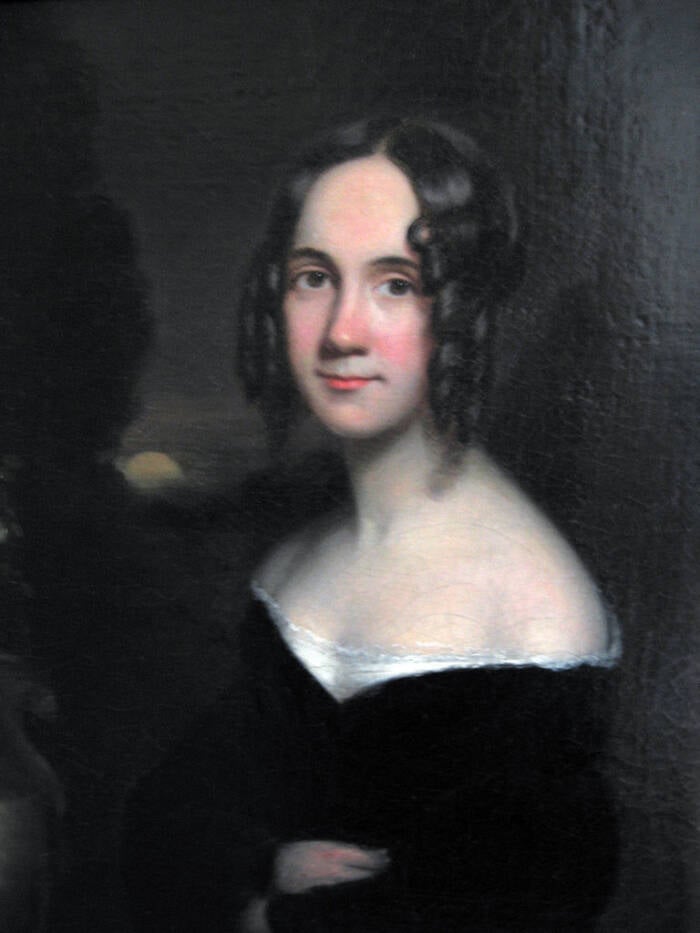Inside The Controversial Origins Of “Mary Had A Little Lamb”

New York Public LibraryMary Sawyer claimed to be the “Mary” in “Mary Had A Little Lamb,” but not everyone buys this backstory.
The meaning behind the nursery rhyme we’ll discuss next is not anywhere near as dark as the previous ones. But the story behind “Mary Had A Little Lamb” is rife with controversy. Basically, there are two people who claim to have invented the rhyme, and both have fiercely defended their position.
The first claim involves a little girl named Mary Sawyer, who rescued a frail lamb who’d been abandoned by its mother in 1816. Sawyer brought the lamb to her family’s home and nursed the sickly creature back to health.
“I got the lamb warm by wrapping it in an old garment and holding it in my arms beside the fireplace,” Sawyer later wrote of the experience. “In the morning, much to my girlish delight, it could stand; and from that time it improved rapidly. It soon learned to drink milk; and from the time it would walk about, it would follow me anywhere if I only called it.”

Public DomainAuthor, editor, and activist Sarah Josepha Hale also claimed to have come up with “Mary Had A Little Lamb.”
Sawyer even brought the lamb to school with her, where it caused a commotion by bleating under her desk. After that, Sawyer claims that an older boy named John Roulstone gave her a rhyme he’d written about her lamb, which went: “Mary had a little lamb / Its fleece was white as snow / And everywhere that Mary went / The lamb was sure to go.”
But then this simple story took a twist. In 1830, author, editor, and activist Sarah Josepha Hale published Poems for Our Children, which included Roulstone’s rhyme alongside three new stanzas. Hale claimed that she came up with it herself. Since Roulstone was long gone and Sawyer had lost his original poem, controversy about the rhyme’s true origins grew.
Both Hale and Sawyer signed sworn statements attesting to their versions of the story, but to date, it’s unclear who exactly came up with “Mary Had A Little Lamb.” Interestingly enough, automobile pioneer and business magnate Henry Ford took Sawyer’s side — and even purchased Sawyer’s old schoolhouse — but Hale is most commonly listed as the poem’s author.





